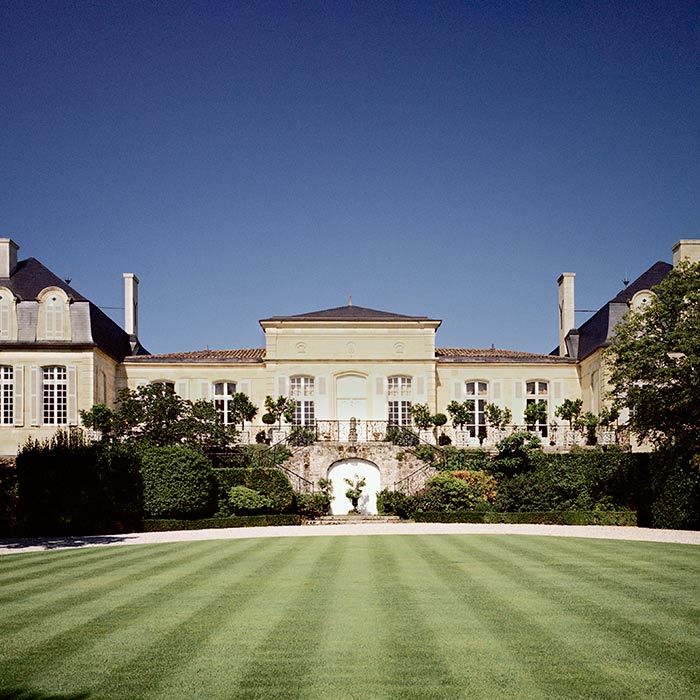Bordeaux 2016: thoroughly British
Author: Will Lyons

Ch. Léoville Barton. Photograph: Jason Lowe
The port of Beychevelle sits at the end of a long road that snakes its way past the château down towards the muddy flats of the Gironde. In the 1600s, ships sailing past this stretch of water would lower their sails in salute to the Duc d’Epernon, an Admiral of France who owned the property. The expression was known as “baisse-vaille” meaning “lower sails”, and it is believed that is where the château derived its name. That’s the story anyway.
But it is here, in the heart of St Julien, midway through the last day of en primeur week, that seems a good place to reflect on the samples tasted and the vintage as a whole.
We started our day in St Julien, a commune which lies just to the north of Margaux and south of Pauillac. Here the soil is deep gravel with a little sand and clay. The Cabernet Sauvignon variety thrives here, producing wines that are poised, elegant and structured. They may not have the immediate, attractive perfume of Margaux or the power of Pauillac but their charm is somewhere in the middle.
In 2016 St Julien has produced lovely wines, perhaps the most consistent in style. Ch. Ducru-Beaucaillou is a case in point. More subtle and delicate than in previous vintages, it has subtle floral notes of graphite, dark fruit and blackcurrant. Ch. Léoville Barton is back on form with a glorious, fresh vitality, while Léoville-Las Cases is deep and brooding with power, elegance and fine acidity. It will cellar for many generations. Ch. Beychevelle has power wrapped in a silky, voluptuous texture. There is a lovely tannic structure and it finishes long, with a persistent finish.
The 2016 vintage will go down as one suited to the British palate. What does that mean? Well, it means the wines have lower alcohol levels than in previous years, attractive fruit – but most importantly freshness and acidity, which makes them eminently drinkable.
It feels as if quality is fairly even across the communes this year, nevertheless the further up the Médoc we travelled, the more we enjoyed the wines. Ch. Lafite-Rothschild made a sensational wine this year – the embodiment of elegance and finesse; while Ch. Grand-Puy-Lacoste is suave and generous on the palate with very good length.
On the Right Bank there were a number of standouts. Marielle Cazaux, the new winemaker at La Conseillante, has got off to a flying start, producing one of the wines of the vintage; while Le Pin, although hugely concentrated, is amongst the finest we have tasted. Vieux Château Certan and Figeac are also very good.
There are some lovely wines in 2016 with vitality and freshness: something we have all grown to love and expect from decent Claret.
Find all our coverage of Bordeaux 2016 here.


